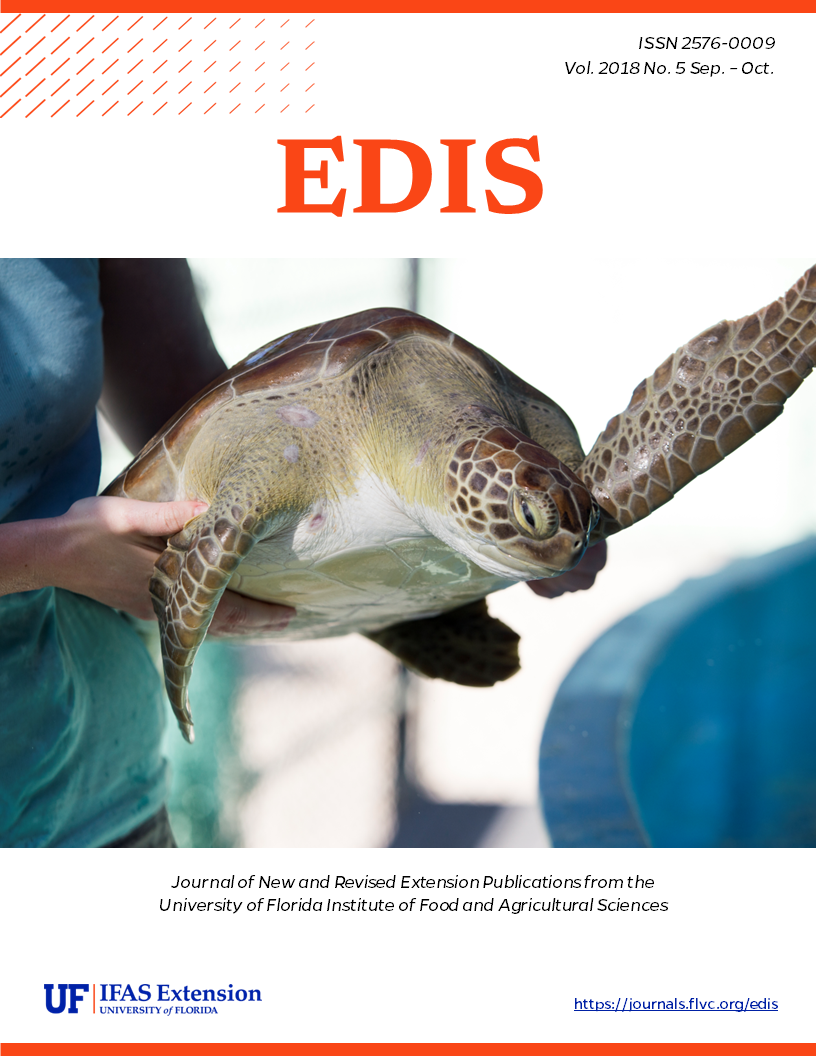Resumen
False rosemary is found on the backsides of foredunes, on all sides of backdunes, and inland in scrub communities. False rosemary is killed by fires but will reseed to an area in the absence of further disturbance. It is endemic to west Florida and Alabama, contributes to beach mouse habitat, and attracts many pollinators.
https://edis.ifas.ufl.edu/sg167
Note: This fact sheet is also available as a chapter in a comprehensive manual titled Dune Restoration and Enhancement for the Florida Panhandle, Please see the manual for more information about other useful and attractive native plants for dunes and for further information about restoration and preservation techniques.
Citas
Albrecht, A.A., and J. C. Penagos Z. 2012. "Seed germination ecology of three imperiled plants of rock outcrops in the southeastern United States." The Journal of the Torrey Botanical Society 139(1):86-95. https://doi.org/10.3159/TORREY-D-11-00066.1
Thetford, M., and D.L. Miller. 2002. "Propagation of four Florida coastal dune species." Native Plants Journal 3(2):112-120.
Thetford, M., and D.L. Miller. 2004. Propagation and Production of Gulf Bluestem. ENH973. Gainesville: University of Florida Institute of Food and Agricultural Sciences. http://edis.ifas.ufl.edu/ep230
Williamson, G.B., N.H. Fischer, D.R. Richardson, and A. Peña. 1989. "Chemical inhibition of fire-prone grasses by fire-sensitive shrub, Conradina canescens." Journal of Chemical Ecology 15(5):1567-577. https://doi.org/10.1007/BF01012384
Unless otherwise specified, articles published in the EDIS journal after January 1, 2024 are licensed under a Creative Commons Attribution-NonCommercial-NoDerivs 4.0 International (CC BY-NC-ND 4.0) license.

